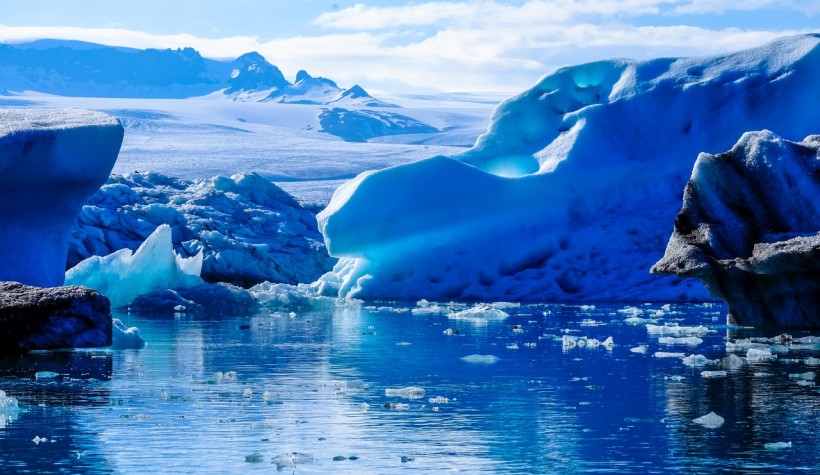Experts from the University of Bristol have investigated the decrease of carbon dioxide content in our planet's atmosphere. The scientists said that the decline of atmospheric CO2 greatly impacted the planet's changing climate. Among the key points of the study is that the decrease of the CO2 concentrations scattered across the atmosphere contributed to the transition of the prehistoric Earth 34 million years ago.
Earth's Prehistoric Cooling from Greenhouse to Icehouse Caused by CO2

Earth's transition includes the drastic change in the planet's climate from an extremely warm greenhouse orb to an intensely cold snowball during Eocene to the Oligocene epoch. Unfortunately, scientists theorize that this cycle would repeat itself due to human-induced carbon emissions ceaseless day after day.
Earth's climate has undergone a massive shift between 40 to 34 million years ago. This shift was the most significant climate change throughout the planet's history. The records show that the Antarctic continent was initially covered by forests before being altered to the largest continental ice sheet. Although the planet's shift from warm to cold extremities was evident, the science community is still in the process of identifying the main cause of the substantial change in the Arctic due to the lack of data.
University of Bristol experts, led by Vittoria Lauretano and David Naafs., have gathered to determine the factors that could explain Earth's climate transition. The research team reconstructed the planet's land temperature during the transition using the ancient coals that contained molecular fossils. The study's findings were published in the journal Nature Geoscience, entitled "Eocene to Oligocene terrestrial Southern Hemisphere cooling caused by declining pCO2."
ALSO READ: Extreme Solar Activities Detected Through Tree-Ring Dating Back From 5,410 BCE
Coal Deposits, Preserved Bacterias, and Atmospheric CO2 Answers How the Antarctic Ice Sheet Was Formed
Earth's prehistoric climate change was explained through the collected bacterial lipids preserved and untouched in wetland deposits. Harvesting these prehistoric subjects was part of the ongoing project of The Greenhouse Earth System.
The University of Bristol's organic geochemistry expert and co-author of the study Richard Pancost said in a PhysOrg report that the membranes collected comprised the preserved bacteria cell membranes that existed in the prehistoric wetlands millions of years ago. With the help of the untouched subjects, Pancost and their team reconstructed the ecological variables recorded during the prehistoric planet.
Reconstructing the transition of Earth's temperature from greenhouse to icehouse was processed through a new approach composed of Australian Gippsland Basin's coal deposit collection. The deposits dated back 10 million years ago and were carefully examined by the University of Melbourne paleobiologists and co-authors of the study Malcolm Wallace and Vera Korasidis.
The reconstruction of Earth's prehistoric climate conditions showed that the land temperatures cooled to 3 degrees Celsius. The carbon dioxide emissions were also investigated in the study, as the experts believe that CO2 decline took part in the consistent temperature decline. The atmospheric CO2 records were evident in the ancient coals unearthed. The simulation concludes that carbon emissions on the prehistoric atmosphere played a huge role in the greenhouse to icehouse change of the planet and played a great role in forming the vast ice sheet in the Antarctic continent.
RELATED ARTICLE: Dino-Killer Space Rock Left Fossilized Megaripples of Mile-High Giant Tsumami
Check out more news and information on Geology in Science Times.














